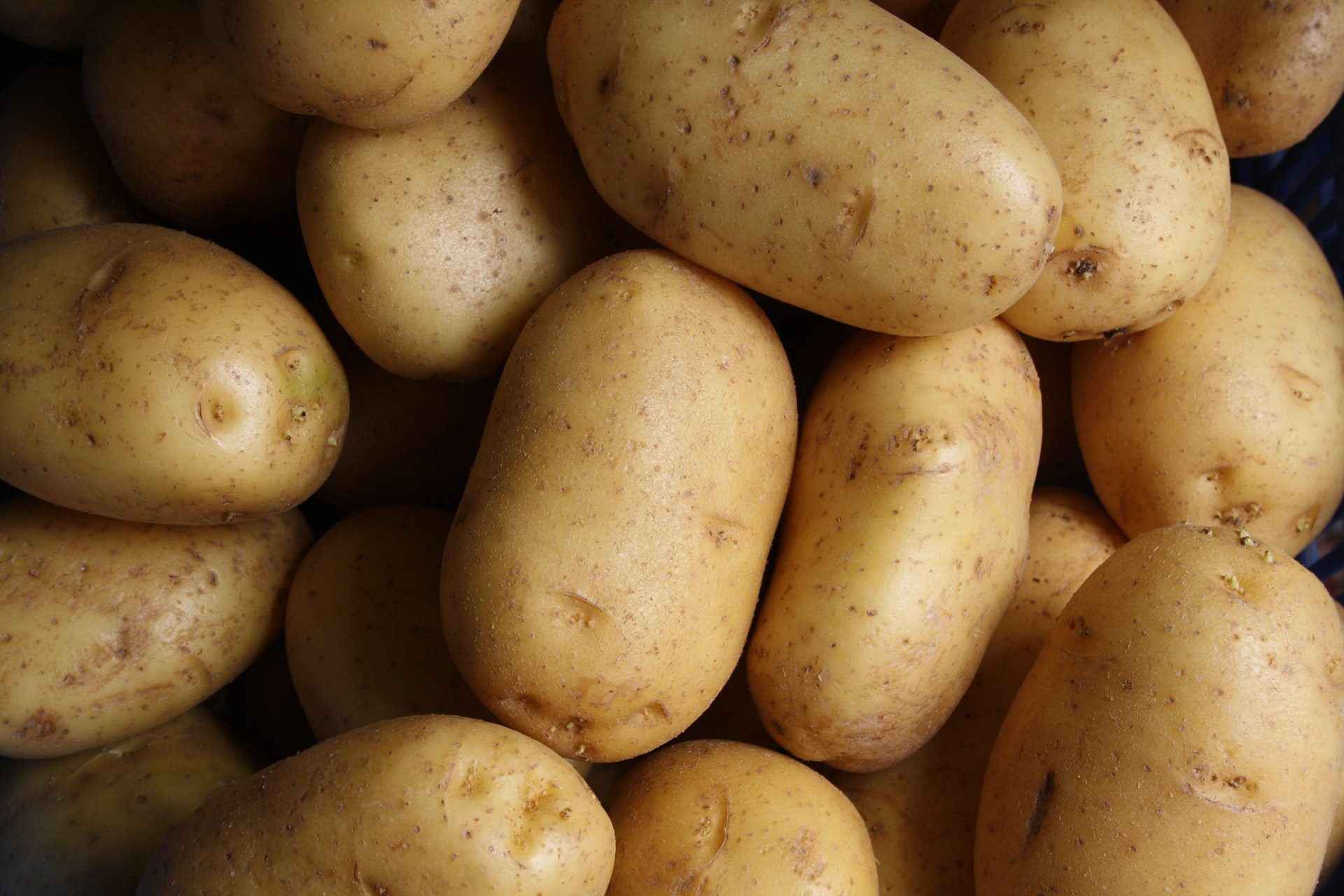Using Potatoes in the Lab
ResourcePotatoes are well known as a reliable and easy to obtain resource for key practicals such as investigating osmosis. However, there are other ways in which you can use these useful vegetables in the lab.
Practicals
- Osmosis – Measuring the water potential of a potato cell. Resource – Measuring the water potential of a potato cell including the Charadakov method.
- Osmosis – Effects of solute concentration on potato discs
- Asexual reproduction – Potatoes can be used as an example plant for asexual reproduction along with spider plants, the Mexican Hat Plant and Strawberries
- Carbon cycle – Fresh potatoes can be used to investigate the process of decay as part of the carbon cycle
Teaching Topics
- Cell membranes
- Osmosis
- Asexual reproduction
- Carbon cycle (Decay)
Image Resources
Description
Potato, Solanum tuberosum
An edible tuber with world-wide distribution. The potato is an important source of dietary starch, along with rice, wheat and maize. Some cultivars are vulnerable to potato blight (Phytophthora infestans), a fungal disease that had devastating effects on the Irish potato crops of both 1845 and 1846, causing extensive malnutrition and loss of life.
Growing and sourcing
Easily obtained from greengrocers, markets and supermarkets at reasonable cost.
